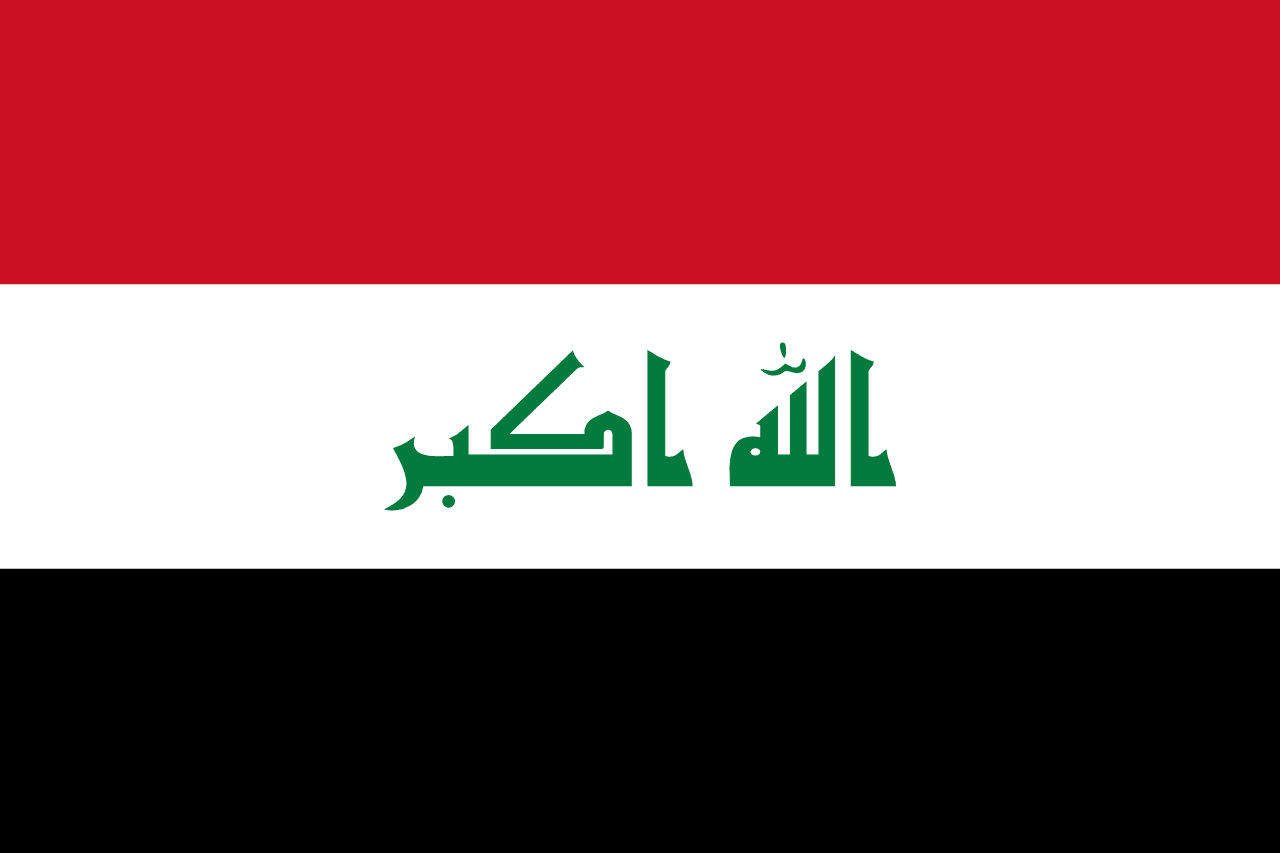La bandera de Indonesia consta de dos franjas horizontales iguales: rojo en la parte superior y blanco en la parte inferior. Este diseño simple pero llamativo tiene un profundo simbolismo y una gran importancia histórica para el pueblo indonesio.
Información sobre Indonesia
| Día Nacional de la Bandera | 17 de agosto |
| Estado soberano | Sí |
| Nombre oficial | República de Indonesia |
| Capital | Yakarta |
| Población | 273,523,615 |
| Área | 1,904,569 km² |
| Moneda | Rupia indonesia (IDR) |
| Idioma | Indonesio |
| Continente | Asia |
| Región | Sudeste Asiático |
| Subregión | — |
| Fronteras | Papúa Nueva Guinea, Timor Oriental, Malasia, Singapur |
| Zona horaria | Hora de Indonesia Occidental (WIB) UTC+7, Hora de Indonesia Central (WITA) UTC+8, Hora de Indonesia Oriental (WIT) UTC+9 |
| Código de llamada | +62 |
| Dominio de nivel superior | .id |
Historia de la bandera de Indonesia
 La bandera de Indonesia, conocida como "Sang Saka Merah-Putih" (El Rojo y Blanco), fue adoptada oficialmente el 17 de agosto de 1945, coincidiendo con la declaración de independencia de Indonesia del dominio colonial holandés. Sin embargo, sus orígenes se remontan al siglo XIII, durante el Imperio Majapahit, donde el rojo y el blanco se consideraban colores sagrados. El diseño de la bandera se inspiró en el estandarte real del Imperio Majapahit, estableciendo una conexión entre la Indonesia moderna y su antiguo patrimonio.
La bandera de Indonesia, conocida como "Sang Saka Merah-Putih" (El Rojo y Blanco), fue adoptada oficialmente el 17 de agosto de 1945, coincidiendo con la declaración de independencia de Indonesia del dominio colonial holandés. Sin embargo, sus orígenes se remontan al siglo XIII, durante el Imperio Majapahit, donde el rojo y el blanco se consideraban colores sagrados. El diseño de la bandera se inspiró en el estandarte real del Imperio Majapahit, estableciendo una conexión entre la Indonesia moderna y su antiguo patrimonio.
Simbolismo y diseño de la bandera de Indonesia
Los colores de la bandera de Indonesia tienen un profundo significado. La franja roja simboliza el coraje, la fuerza y el cuerpo físico de la nación. Representa el espíritu revolucionario y la sangre derramada por los héroes indonesios en su lucha por la independencia. La franja blanca significa pureza, honestidad y la esencia espiritual del pueblo indonesio. Juntos, estos colores encarnan la naturaleza holística de la identidad nacional de Indonesia, uniendo los aspectos físicos y espirituales de la nación.
Uso y significado de la bandera de Indonesia
 La bandera de Indonesia sirve como un poderoso símbolo de unidad nacional, independencia y soberanía. Se exhibe prominentemente durante los días festivos nacionales, como el Día de la Independencia el 17 de agosto, y en edificios gubernamentales, escuelas y espacios públicos. La bandera juega un papel crucial en fomentar un sentido de orgullo e identidad nacional entre la diversa población de Indonesia, que abarca más de 17,000 islas e incluye cientos de grupos étnicos e idiomas.
La bandera de Indonesia sirve como un poderoso símbolo de unidad nacional, independencia y soberanía. Se exhibe prominentemente durante los días festivos nacionales, como el Día de la Independencia el 17 de agosto, y en edificios gubernamentales, escuelas y espacios públicos. La bandera juega un papel crucial en fomentar un sentido de orgullo e identidad nacional entre la diversa población de Indonesia, que abarca más de 17,000 islas e incluye cientos de grupos étnicos e idiomas.
Datos interesantes sobre la bandera de Indonesia
- La bandera de Indonesia comparte similitudes con las banderas de Mónaco y Polonia, lo que lleva a confusiones ocasionales. Sin embargo, la bandera de Indonesia tiene una proporción de 2:3, lo que la distingue de la proporción de 4:5 de Mónaco.
- Durante la Revolución Nacional de Indonesia (1945-1949), la bandera se convirtió en un símbolo de resistencia contra los intentos holandeses de restablecer el control colonial.
- El diseño de la bandera inspiró la creación de la "Bendera Pusaka" (Bandera Heredada), la bandera original izada durante la declaración de independencia de 1945, que ahora se conserva como un tesoro nacional.
- En la tradición marítima indonesia, los colores rojo y blanco están asociados con "ombak-banyu" (olas y agua), simbolizando la naturaleza archipelágica del país.





